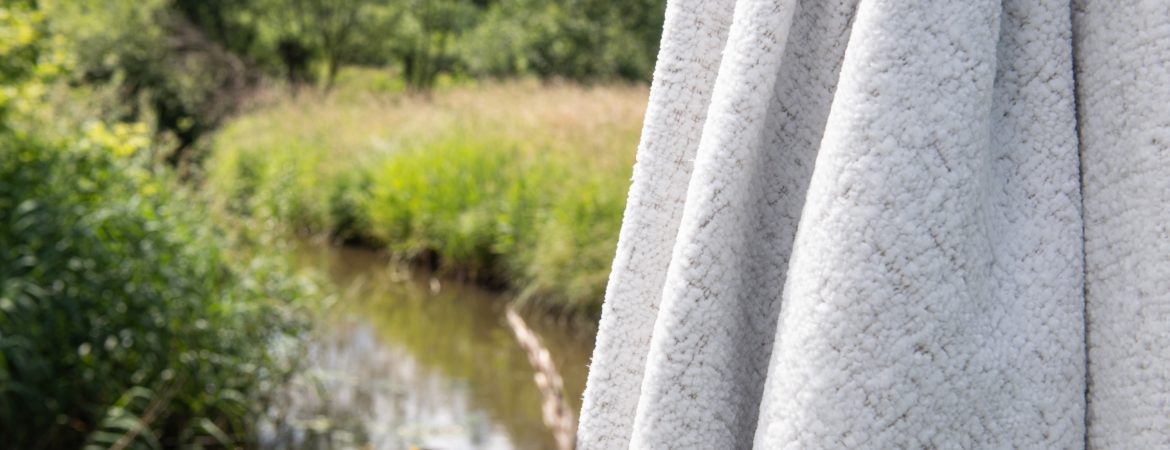
Circular by design
What does it mean?
Investing in sustainable products and a circular economy are no longer unfamiliar topics. Most people only think about recycling and reusing materials, but the road to a circular economy starts at the design stage. Design goes hand in hand with a circular economy, but this concept is still relatively unknown. So, there are a number of questions you might be asking yourself:
- How does circular design reduce the environmental burden?
- What sustainable actions could companies take that go beyond just using environmentally friendly resources and materials?
- As a company, why should you adopt a circular approach?
What is circular design anyway?
Circular design is a form of eco-efficient work that focuses on environmentally friendly product development and takes account of the product’s life cycle. Everything is geared toward extending its lifespan. The design should also help to make the product reusable or recyclable.
Why is this important?
Circular design maps out a product’s entire life cycle, from raw material extraction through to when the product is finally discarded and later serves as raw material for new products. This reduces the product’s environmental impact.
What does FABRAA do?
FABRAA focuses on circular design and it is high on the agenda of our product development team. FABRAA started a project mapping out the perfect product. What criteria must a circular product meet? FABRAA looks for products that are developed in an entirely circular way. It also works with its suppliers and with various studies in this regard. One example of a question is: how can we ensure that a product doesn’t need a backing, thereby making it easier to recycle? Wherever we can, we apply everything we learn from circular design projects directly to the (further) development of new and existing fabrics. We also strive to make their lifespan longer and longer.